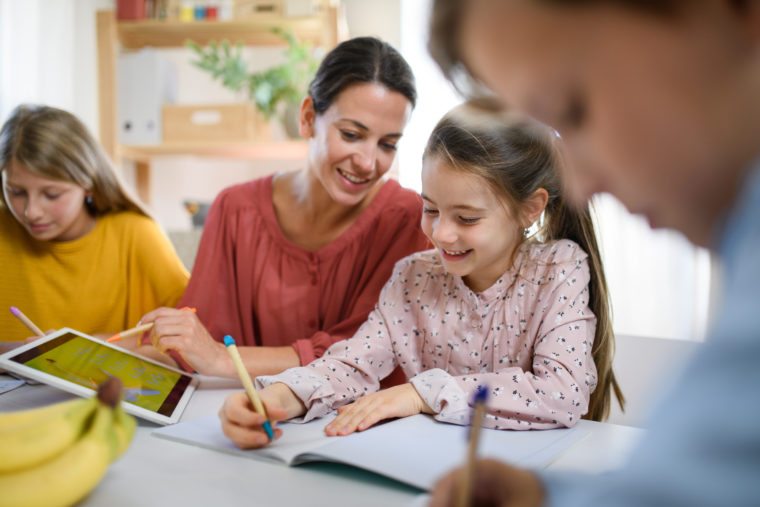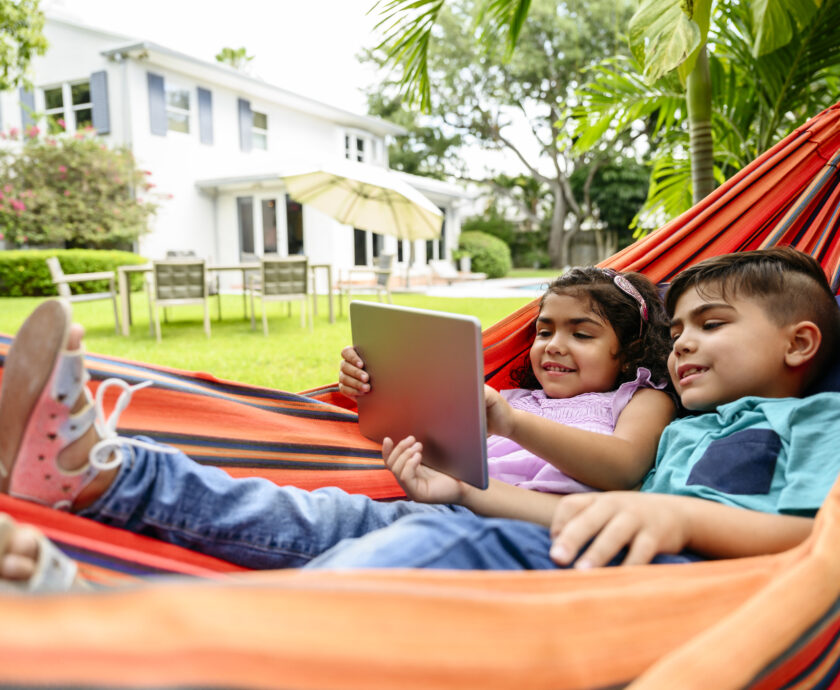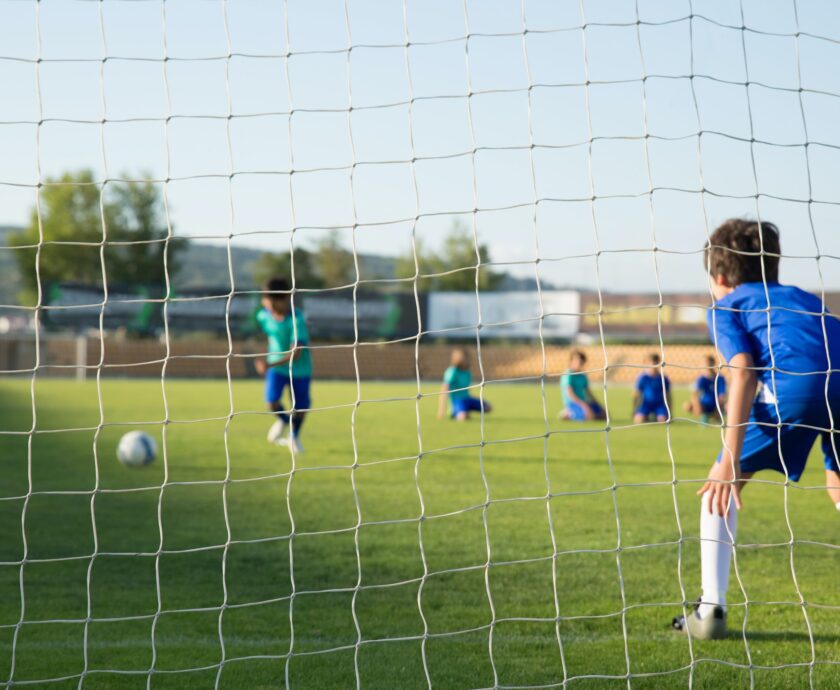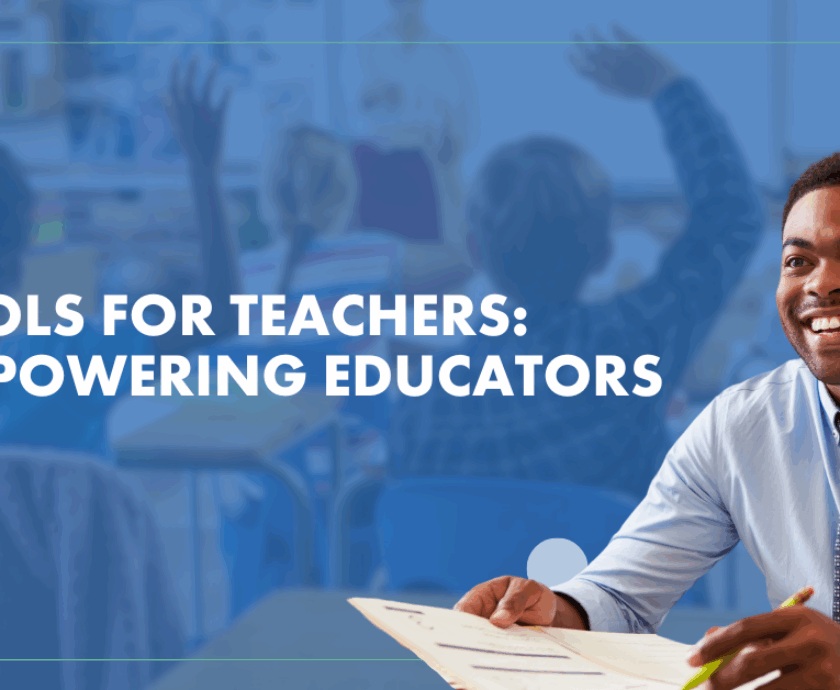Child sexual abuse can happen anywhere, even at home during school, but there are preventative measures you can take. Check out our homeschool safety guide to ensure your kids have the safest environment possible.
Due to the COVID-19 pandemic, many parents took a crash course in homeschooling, but with restrictions ending and school districts returning to traditional in-person learning, now it’s time to decide on the best option for your child’s education moving forward. The idea of taking on the responsibility of educating your child at home may feel overwhelming, however, there are many resources available to homeschooling families. First things first: does if traditional education is out, do homeschooling or home learning pods work better for your kids?
Benefits of Homeschooling
Homeschooling has become increasingly popular, even before the pandemic. At-home learning gives parents the most control over their children’s education and can be beneficial for students whose learning styles aren’t well supported in mainstream institutions.
With several million students taught at home annually, online communities for homeschooling advice, resources, and support have garnered quite a following. Parents who have chosen to or are considering educating their kids at home now have access to curriculum guides, podcasts, webinars, and virtual support groups.
Benefits of Home Learning Pods
Home learning pods, which are basically homeschooling co-ops, started trending during the pandemic. Typically, it works like this: when families enroll in a learning pod program, a teacher will work through the homeschooling lesson plans and curriculum with a small group of students at one family’s home. Children will have the experience of learning in a small group setting, with professional instruction, without entering a school building. Homeschooling groups led by a tutor, or a learning pod can change the way your kids interact with adults, including safe adults, and other children.
So, if you need help getting started, you have countless resources from sites like The Homeschool Mom and Homeschool Unrefined. And if you just need a little inspiration along your journey as an at-home educator, you can follow social media accounts like @OnTheCoveHomeschool. But where do you go for help ensuring your kids’ safety while you homeschool?
Homeschool Safety: A Guide in 7 Steps
To make your home safe for children, start by being curious and ask questions about your environment. Here are seven important aspects of safety to think about:

Teacher Vetting: Is the program supplying the teacher? Or is it a teacher from your student’s old school? Either way, make sure the teacher is properly vetted – ask the program/school what their hiring process entails. A background check is a good start, but not enough. Push for child sexual abuse prevention training. Here’s some guidance for how to get started.
Buffers and Interruptions: Will you or another safe adult be at home? 80% of child sexual abuse incidents happen in one-on-one situations. Strategize ways to check in and interrupt any potential alone time. For instance, you might require an open door policy. Or, if you and the other parents are working, can you take turns dropping in unexpectedly to check in? Put daily check-ins in place – for younger kids, call and ask to speak with them, for older kids be in contact via text and phone.
Group Rules: Be clear about one-on-one situations with children as well. 40% of children who are sexually abused, are abused by older or more powerful children.1 Make a rule that kids should be in groups of three or more.
Location Rules: What are the rules about where the teacher and kids can go in the house? Staying in shared, open areas of the house is ideal; don’t allow access to bedrooms or secluded areas.
Clear Boundaries: Set expectations by talking to the teacher, children, and other parents openly about boundaries. Make sure everyone knows what the rules and consequences are.
Open Conversations: Have ongoing conversations with your kids about their bodies and boundaries. Let them know they can tell you anything and empower them to be vocal about if they are uncomfortable. It’s important that kids know you believe them and will take action if they are hurt.
Regular Check-Ins: After the day is over, ask your kids about their day–what they learned, what they liked, and what they didn’t like. Listen to what they have to say.
Follow us on social media to stay up to date and join the conversation.




